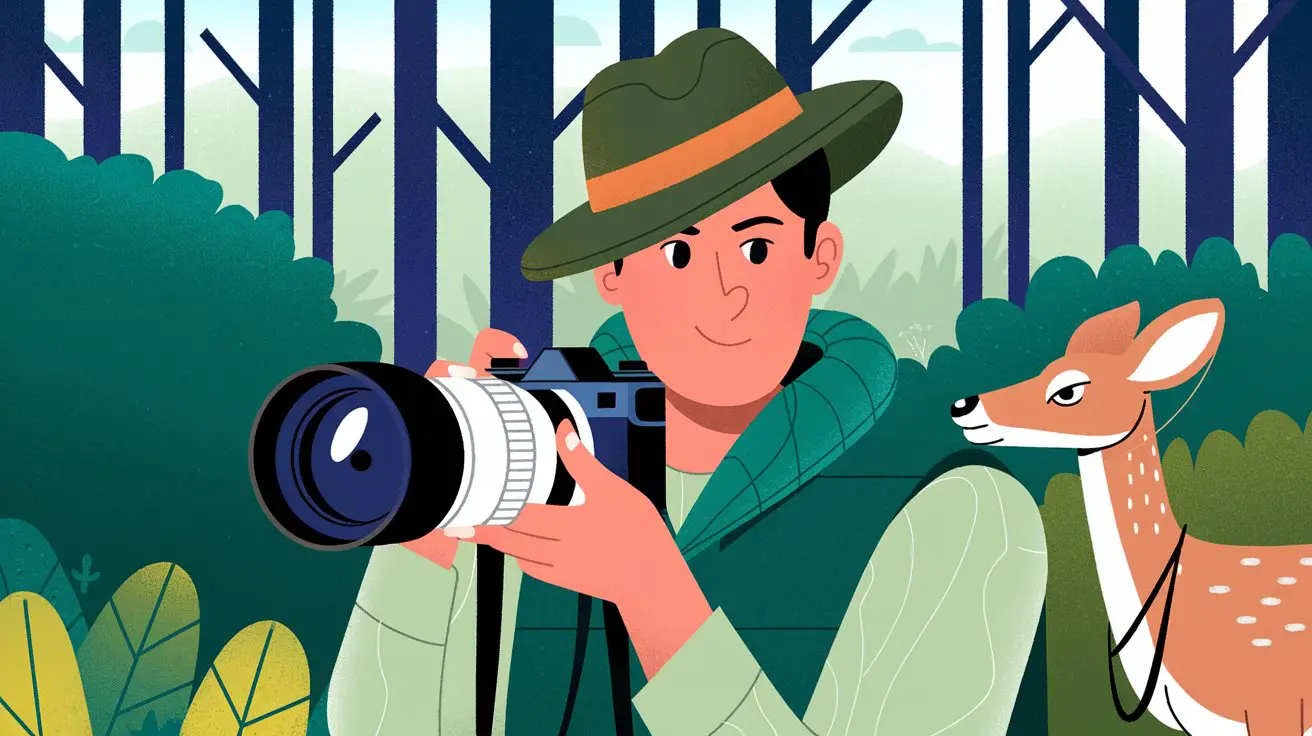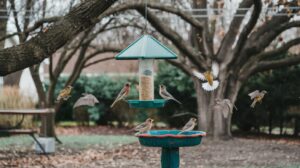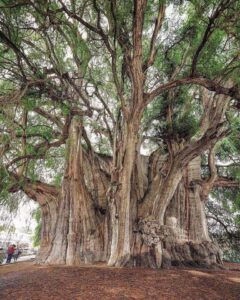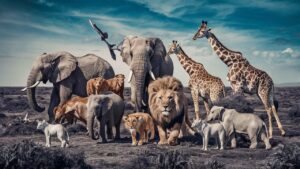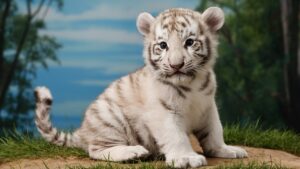As an avid wildlife photographer, I’ve learned that capturing stunning images of animals in their natural habitats requires more than just luck. It takes skill, patience, and most importantly, the right equipment. When I first started out, I was overwhelmed by the array of camera options and accessories available. Through years of trial and error, I’ve discovered the essential gear that can make or break a wildlife shoot. In this article, I’ll share my top 10 must-haves for aspiring wildlife photographers, starting with the most crucial piece of equipment: choosing the perfect camera. Let’s dive into the world of wildlife photography and set you up for success in the field.
Choosing the Right Camera for Wildlife Photography
As a wildlife photographer, I’ve learned that selecting the perfect camera can make or break your shots. When it comes to capturing those fleeting moments in nature, several key factors come into play.
Sensor Size and Resolution
One of the most crucial aspects to consider is the camera’s sensor size. Full-frame sensors offer advantages like finer detail and sharpness, which can be invaluable for wildlife photography tips. However, it’s essential to balance resolution with low-light performance. Higher megapixels aren’t always better if they compromise your camera’s ability to handle challenging lighting conditions.
Speed and Autofocus
For beginner photography equipment, I can’t stress enough the importance of a fast and accurate autofocus system. Look for cameras with advanced animal eye tracking capabilities, as these can significantly improve your chances of nailing that perfect shot. Additionally, a high frame rate is crucial for capturing fast-moving subjects.
Other Considerations
When choosing the best cameras for wildlife, don’t forget about factors like battery life, weather sealing, and lens compatibility. Some top choices include the Nikon Z9, Sony Alpha 9 III, and Canon EOS R3, but remember that the “best” camera is ultimately the one that fits your specific needs and budget. With the right equipment and practice, you’ll be well on your way to capturing stunning wildlife images.
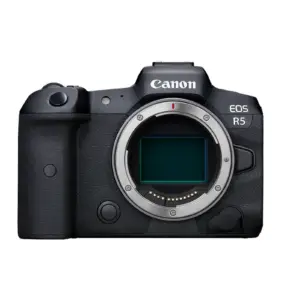
Canon EOS R5
A full-frame mirrorless camera with 45 MP resolution and great low-light performance.
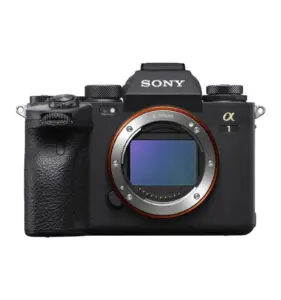
Sony Alpha 1
High-speed camera with excellent autofocus, ideal for wildlife photographers.
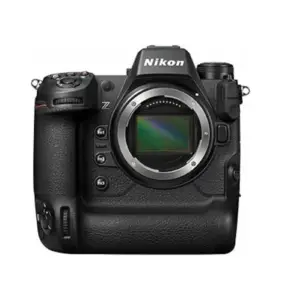
Nikon Z9
Advanced autofocus with animal eye tracking and a high frame rate for action shots.
Must-Have Lenses for Capturing Animals in the Wild
As a wildlife photographer, I’ve learned that having the right lenses is crucial for capturing those breathtaking shots of animals in their natural habitats. Let me share some essential wildlife photography tips for beginners looking to build their photography equipment arsenal.
Telephoto Zooms: Your Go-To Lenses
When it comes to wildlife photography, telephoto zoom lenses are indispensable. These versatile lenses allow you to get close-up shots without disturbing the animals. The Canon EF 100-400mm “L” IS USM II is a top choice, offering excellent image quality and professional-grade build. For those on a tighter budget, the Sigma 100-400mm f/5-6.3 DG DN OS Contemporary provides great value without compromising on performance.
Super-Telephoto Primes: For Serious Enthusiasts
If you’re ready to take your wildlife photography to the next level, consider investing in a super-telephoto prime lens. The Canon EF 600mm f/4L IS USM is a dream lens for many wildlife photographers, offering unparalleled image quality and reach. However, keep in mind that these lenses are typically heavier and more expensive than their zoom counterparts.
Wide-Angle Lenses: Capturing the Environment
While not as commonly used, wide-angle lenses can be incredibly useful for environmental portraits of wildlife. These lenses allow you to capture the animal in its habitat, providing context and telling a more complete story. They’re particularly effective for larger animals or when you can safely get closer to your subject.
Remember, the best cameras for wildlife photography are those that pair well with these specialized lenses. As you grow in your craft, you’ll discover which combination of lenses works best for your style and the subjects you love to photograph.
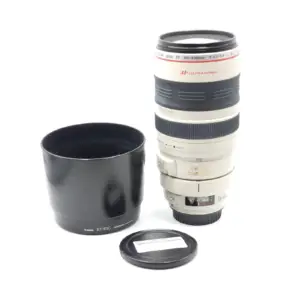
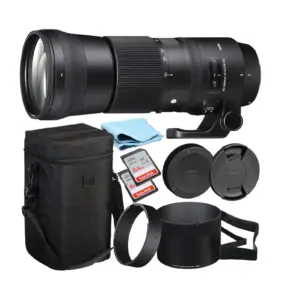
Sigma 150-600mm f/5-6.3 DG OS HSM
A budget-friendly telephoto zoom with quality optics.
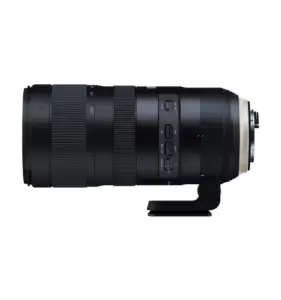
Tamron SP 70-200mm f/2.8 Di VC G2
Excellent for wildlife portraits and action shots.
Essential Camera Settings and Techniques for Beginners
As a wildlife photographer, mastering your camera settings is crucial for capturing those perfect shots. Let me share some essential wildlife photography tips that will help you get started on the right foot.
Shutter Speed and Aperture
When it comes to freezing motion, shutter speed is king. I always recommend using at least 1/250 second for most wildlife, but you’ll want to go even faster for quick-moving subjects. According to REI’s expert advice, you should adjust your shutter speed based on the animal’s speed and your lens focal length.
For aperture, I suggest going as wide as possible (like f/2.8 or f/4) to let in more light and create a beautiful bokeh effect. This is especially helpful in low-light situations, which are common in wildlife photography.
Focus and Shooting Modes
For beginner photography equipment, I recommend using aperture priority mode. This allows you to control the depth of field while the camera handles the shutter speed. It’s a great way to balance creative control with ease of use.
When it comes to focus, use a small, single autofocus point. This gives you precise control over what part of the animal you’re focusing on. Charlie’s Wildlife Photography suggests using continuous autofocus for moving subjects and single-servo for static ones.
Remember, patience is key in wildlife photography. Take your time, be prepared, and always respect the animals and their habitat. With these techniques and the best cameras for wildlife, you’ll be on your way to capturing stunning images in no time.
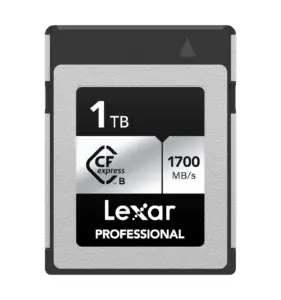
XQD & CFexpress Memory Cards
Fast cards to handle high-speed shooting, like Sony CFexpress Type B.
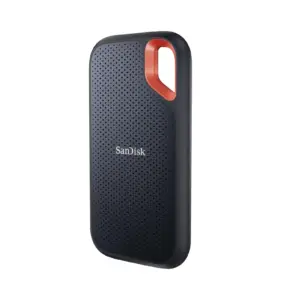
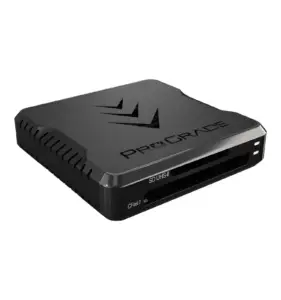
ProGrade Digital Dual Slot Memory Card Reader
Fast, compatible reader for quick downloads.
Additional Wildlife Photography Equipment to Consider
As a wildlife photographer, I’ve learned that having the right gear can make or break a shoot. While your camera and lenses are crucial, there are several other pieces of equipment that can elevate your wildlife photography game. Here are some essential items to consider:
Camouflage and Concealment
To capture those intimate wildlife moments, you need to blend in with your surroundings. Camouflage gear like blinds, hides, and camo clothing can help you get closer to your subjects without disturbing them. I’ve found that a lightweight photo blind, such as the LensCoat LensHide, is invaluable for concealing myself and my equipment.
Audio and Action Cameras
Consider bringing an audio recorder to capture the ambient sounds of nature. These recordings can add an immersive element to your wildlife photography presentations. Additionally, an action camera like a GoPro can be useful for capturing footage in challenging environments where you might not want to risk your primary camera.
Storage and Power Solutions
When you’re out in the field, you need reliable ways to store and power your equipment. Portable storage solutions like fast SSD drives are essential for backing up your photos on location. Don’t forget to pack extra batteries and a portable power bank to keep your gear running throughout long shoots.
By incorporating these additional items into your kit, you’ll be better prepared to capture stunning wildlife images in various conditions. Remember, the best wildlife photography tips often involve being ready for any situation, and having the right equipment is a crucial part of that preparation.
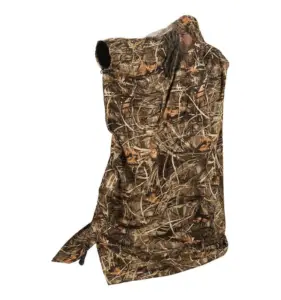
LensCoat LensHide Lightweight Blind
Ideal for blending into the environment while shooting.
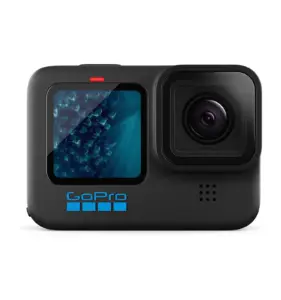
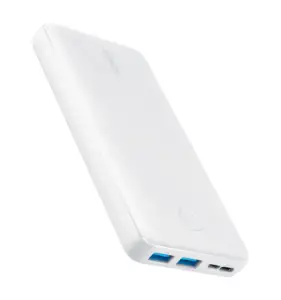
Wildlife Photography Tips for Taking Stunning Animal Photos
As a wildlife photographer, I’ve learned that capturing breathtaking animal images requires more than just a good camera. Here are some essential wildlife photography tips to help you take your shots to the next level.
Master Your Camera Settings
One of the most crucial wildlife photography tips for beginners is to use a fast shutter speed, typically 1/250 sec or faster, to freeze motion. I often shoot in aperture priority mode to control depth of field while letting the camera adjust for proper exposure. Setting your ISO in the mid-range (400-800) helps balance image quality and shutter speed.
Patience and Preparation Are Key
Wildlife photography requires immense patience. Rather than waiting in a blind all day, I prefer to keep moving and observe animal behavior. Understanding your subjects and their habitats is crucial. Research the best locations and times for wildlife sightings, and always be prepared with the right beginner photography equipment.
Composition and Lighting Matter
To create compelling images, I focus on composition techniques like shooting at eye level and using the rule of thirds. The “golden hour” – the first and last hour of daylight – often provides the best lighting for wildlife shots. Experiment with backlighting, rim lighting, and side lighting to add depth and drama to your photos.
Remember, the best cameras for wildlife photography won’t guarantee great shots without proper technique and respect for nature. Always prioritize the well-being of your subjects over getting the perfect picture.
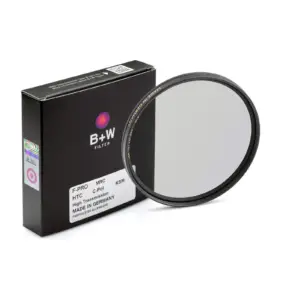
B+W Circular Polarizer
Reduces reflections and enhances contrast for vibrant shots.
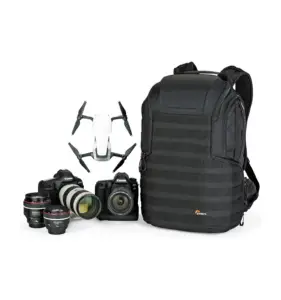
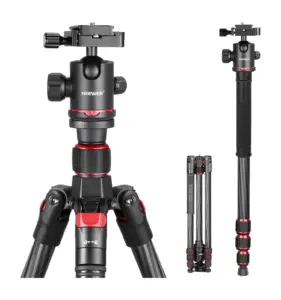
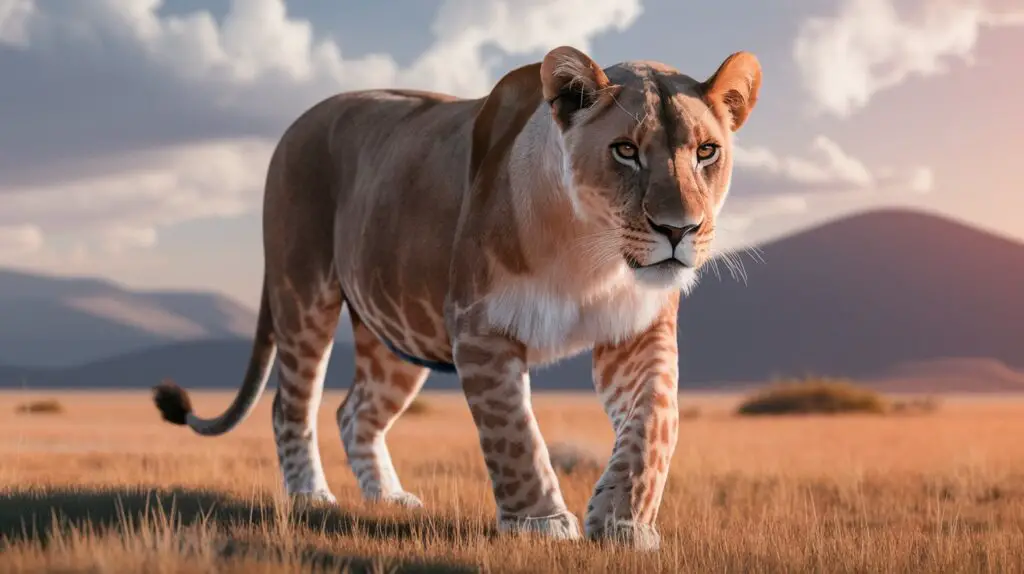
Conclusion
As I’ve shared these top 10 wildlife photography essentials, I hope you feel inspired and equipped to capture the beauty of nature. Remember, the perfect camera is just one piece of the puzzle. Your passion, patience, and willingness to learn are equally important. Whether you’re photographing birds in your backyard or lions on safari, these tips will help you on your journey. As you venture into the world of wildlife photography, stay curious, respect your subjects, and never stop honing your craft. With practice and perseverance, you’ll be amazed at the stunning images you can create. Now grab your gear and get out there – the wild is waiting for you!

